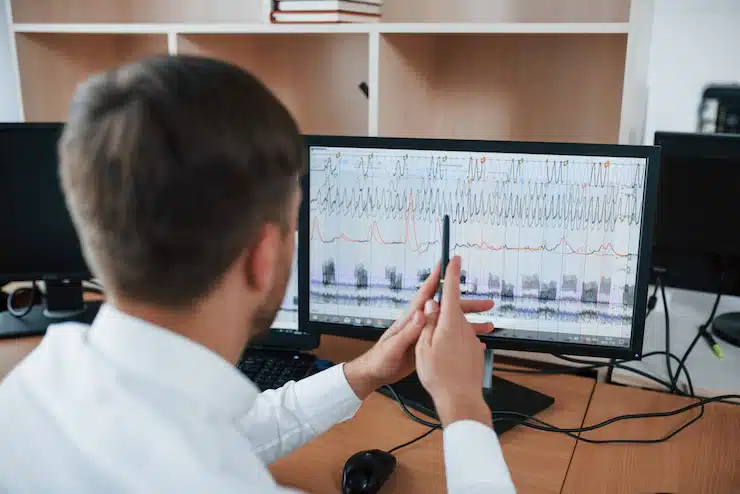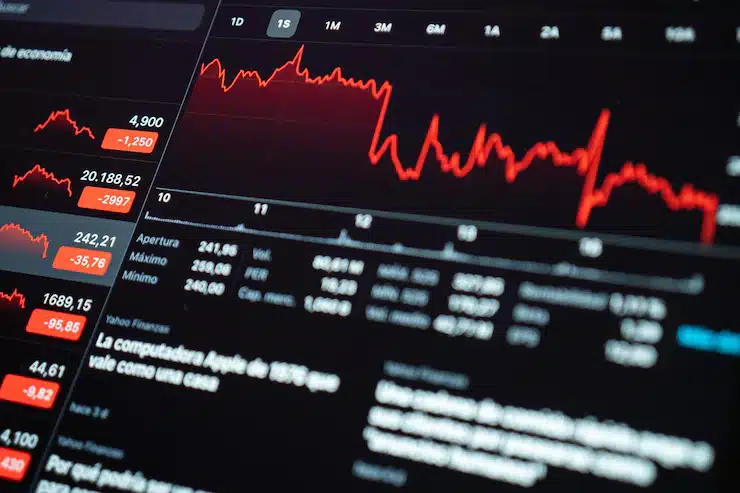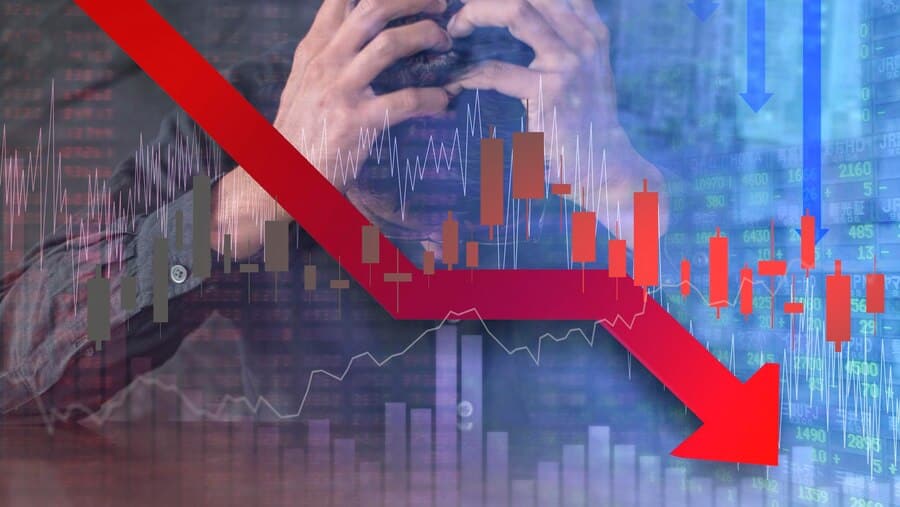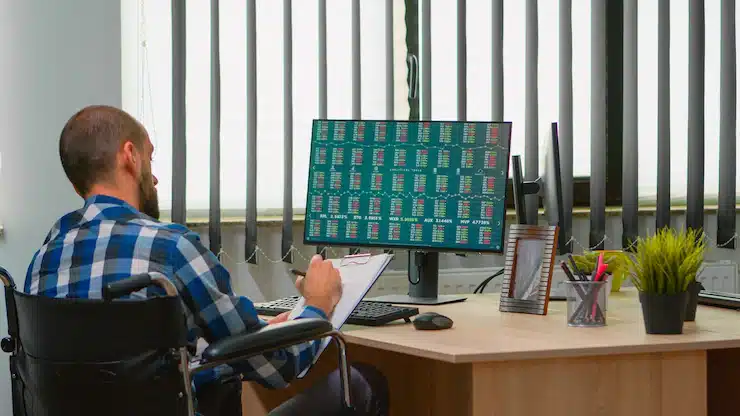Risks To Consider Before Investing In Stocks : Investing in stocks can be a great way to make money, but it’s important to remember that it also comes with a certain amount of risk. Before investing in stocks, it’s important to understand the different risks that come with it. There are a variety of risks to consider, such as market risk, liquidity risk, political risk, and inflation risk, among others.
Knowing the different risks associated with investing in stocks can help you decide if this type of investment is right for you. It’s important to do your research, assess your own risk tolerance, and consider all of the risks associated with investing in stocks before you make any decisions. This article will explore the 10 main risks to consider before investing in stocks.
Risks To Consider Before Investing In Stocks
1. Liquidity Risk

Liquidity risk refers to the chance that you won’t be able to sell off your assets when you need to. While stocks are generally considered highly liquid assets, there are times when they might not be as easy to sell. If you’re investing in individual stocks, you’ll want to keep an eye on the liquidity of those stocks. If you’re in a different type of investment, like a mutual fund, keep an eye on how quickly and easily you can sell off your investment.
If you need your cash in an emergency, you don’t want to be stuck with an investment you can’t sell. That might mean missing out on money that you could otherwise use in an urgent situation. When you’re researching possible stocks to invest in, keep an eye on the average daily volume. This will tell you how actively the stock is traded. The more often a stock is bought and sold, the more liquid it is.
2. Business Model Risk

Model risk refers to the chance that the model used to forecast future business performance won’t be accurate. If you’re investing in a company whose stocks you believe will go up, you’ll have to make a prediction about how the business will perform in the future. You’ll make this prediction based on past performance, future goals, and other factors. If your prediction isn’t correct, though, the stocks might not go up as much as you predicted they would.
If they don’t go up at all, or they go down, you’ll lose money. Some areas where model risk can occur include the prediction of future cash flows, future debt, and the risk of future equity dilution. You can’t predict the future with 100% accuracy. Even the most experienced and knowledgeable experts don’t always get it right. Model risk is just something you have to accept as part of investing in stocks.
3. Regulatory Risk

Regulatory risk refers to the chance that new regulations could lead to your stocks losing value. There are a variety of regulations in place in various industries, so this risk can affect a wide variety of stocks. If a government agency decides to change a regulation, it could have a negative impact on your stocks. Keep an eye on government agencies and their regulations that pertain to your industry.
If a new regulation is put in place that affects your industry, it could cause stocks to drop. If a regulation is changed, it could also have an impact on your stocks. This risk applies to stocks in a variety of industries, including financial institutions, pharmaceutical companies, and telecommunications businesses. If a new regulation is put in place that affects one of these industries, it could cause stocks to drop.
4. Detection Risk

Detection risk refers to the chance that fraudulent activity isn’t discovered. This type of risk applies to stocks in the financial industry, such as banks, investment firms, and insurance companies. If fraudulent activity happens but isn’t discovered, it could cause stocks to drop. If fraudulent activity is discovered, it could also cause stocks to drop. Keep an eye on the financial industry and the stocks in it. If you see something that makes you question whether fraud is happening, make sure you report it to the right authorities so it can be investigated. If you don’t report it and fraudulent activity is happening, you may lose money when stocks drop.
5. Rating Risk

Rating risk refers to the chance that a particular bond rating is incorrect. If you’re investing in bonds, you could see a rating change that causes the value of your bonds to go down. If a bond rating changes, it could also cause the value of stocks held by the company to drop. Keep an eye on the ratings given to bonds that you own. If a rating agency changes the rating to something less valuable, it could cause the value of those bonds to go down. If a rating agency changes a company’s rating, it could also cause the value of its stocks to go down.
6. Headline Risk

Headline risk refers to the chance that a major event could happen that would negatively impact stocks. There are a variety of events that could happen, such as an outbreak of a disease, a natural disaster, or a war. If a major event happens that causes people to stop investing in stocks, it could cause stocks to drop. If a major event happens that causes people to start investing in stocks, it could cause stocks to go up. Keep an eye on current events and the headlines around the world. If you see a headline that could cause people to start or stop investing in stocks, make sure you keep this in mind.
7. Legislative Risk

Legislative risk refers to the chance that new legislation will negatively impact stocks. If legislation is put in place that negatively impacts an industry, it could cause stocks in that industry to drop. Keep an eye on legislation that is being proposed in your state and country. If you see something that could negatively impact your industry, make sure you keep an eye on how it will affect your stocks.
8. Inflationary Risk And Interest Rate Risk

Inflationary risk and interest rate risk refer to the chance that the value of the money you have invested will decrease due to inflation and interest rate changes. This is a risk that applies to all types of investment, including stocks. If inflation and interest rates rise, it could cause the value of the money you have invested to go down. Make sure you keep an eye on inflation and interest rates in your country. If you see them rising, it could cause the value of your stocks to go down.
9. Commodity Price Risk

Commodity price risk refers to the chance that the price of a certain commodity will change, causing the value of an investment based on that commodity to go down. This risk applies to stocks that are based on commodities, such as agricultural companies and mining companies. If the price of a commodity drops, it could cause the value of stocks based on that commodity to go down. Keep an eye on commodity prices in your area. If you see a commodity price change that could affect your stocks, make sure you keep this in mind.
10. Obsolescence Risk

Obsolescence risk refers to the chance that the product you’ve invested in will become obsolete. This could happen for a variety of reasons, such as a new technology or product that makes your product obsolete. If the product you’ve invested in becomes obsolete, it could cause the value of that investment to go down. Make sure you keep an eye on the industry you’ve invested in and the products in that industry. If you see a new product come out that makes your product obsolete, it could cause the value of your investment to go down.
Also Read : The Top 5 Myths About Stock Investing
Conclusion
Stocks are a great way to make money, but they also come with a certain amount of risk. You have to be prepared to lose money at times and understand that there is always a chance that you could make a bad investment. Before investing in stocks, make sure you understand the risks associated with it. This article explored the 10 main risks to consider before investing in stocks.




